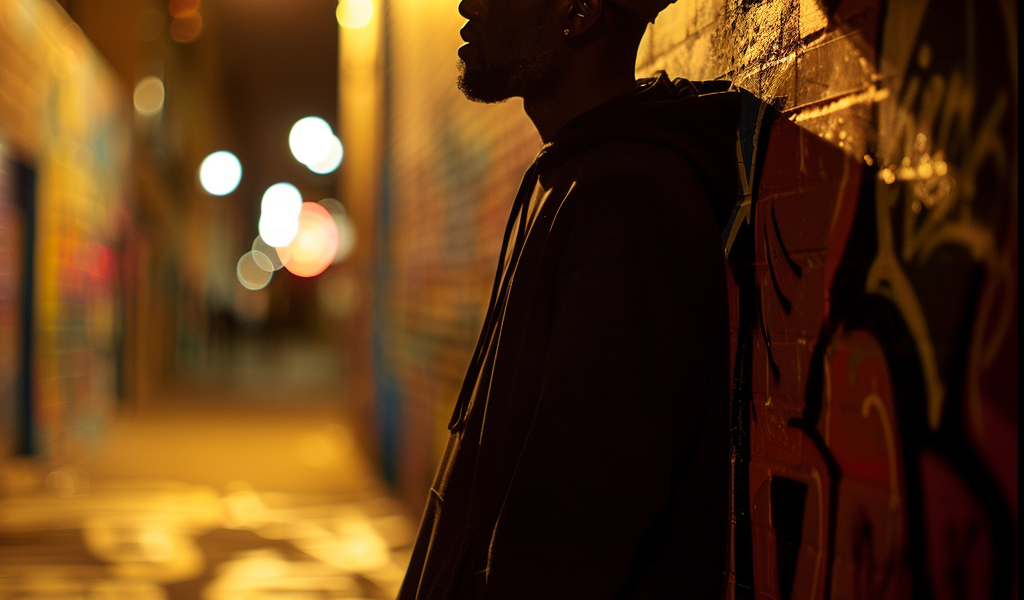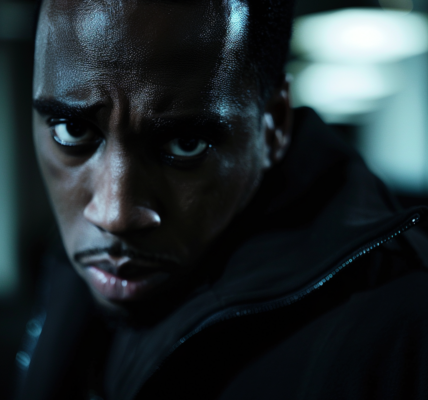Saafir, the influential Oakland rapper known for his unique blend of hip-hop and avant-garde jazz, has passed away at the age of 54. His family confirmed that he died on Tuesday morning, surrounded by loved ones, at 8:45 a.m.
Born Reggie Gibson, Saafir’s legacy in the music industry is marked by his raspy voice and inventive lyricism. He was a prominent figure in the early 1990s hip-hop scene, particularly as a member of the crew Hobo Junction. His contribution to the genre was characterized by a distinct style that merged complex rhythms with street narratives.
Saafir’s career took off after a legendary freestyle battle in 1994 against fellow East Bay collective Hieroglyphics, which garnered him significant attention. This pivotal moment led to a major record deal with Quincy Jones, resulting in the release of his acclaimed album, The Boxcar Sessions. This album was notable for its innovative fusion of jazz influences and the gritty realities of life in Oakland during the crack epidemic.
Throughout his career, Saafir collaborated with notable artists, including Tupac Shakur, with whom he shared a close friendship and even lived together at one point. He also worked with the crew Digital Underground, which played a crucial role in shaping his early musical journey. Saafir made an appearance in the 1993 film Menace II Society, directed by Albert and Allen Hughes, further showcasing his multifaceted talents.
Despite his impactful contributions to hip-hop, Saafir faced numerous personal challenges, particularly health-related issues stemming from spinal surgery. These complications significantly affected his ability to perform and participate in the music scene over the past 15 years. He often used a wheelchair due to these health struggles, yet he remained a beloved figure in the community.
In 2013, hip-hop historian Shock G shared insights into Saafir’s absence from the music scene, detailing a series of accidents and health issues that had plagued him. Saafir later addressed these claims, providing his perspective on the difficulties he faced navigating the healthcare system in an interview with the San Francisco Bay Guardian.
Despite his limited public appearances in recent years, Saafir was known to attend Dream Day, an annual tribute to his late friend and graffiti artist Mike “Dream” Francisco. He also made a notable appearance performing his hit song “Light Sleeper” alongside Casual, his former battle rival from Hieroglyphics. This performance highlighted the mutual respect that had developed between the two artists over the years, despite their competitive history.
In a poignant moment captured in the short documentary The Battle, Saafir expressed his admiration for Casual, stating, “You really brought out the best. You made me wanna be a monster, and I respect it.” This sentiment reflects the camaraderie and respect that often exists in the hip-hop community, even amidst rivalry.
Saafir leaves behind a son, who shared the news of his father’s passing alongside rapper Xzibit in a heartfelt Instagram post. The post emphasized the love and support Saafir received from his family and friends in his final moments, stating, “We surrounded him and let him know how much we loved him. He can rest now.”
As the hip-hop community mourns the loss of Saafir, his contributions to the genre and his innovative spirit will be remembered by fans and fellow artists alike. His ability to blend different musical styles and articulate the complexities of life through his lyrics has left a lasting impact on the culture.
Saafir’s legacy as a pioneering artist in the Oakland hip-hop scene serves as a testament to his talent and resilience. His story will continue to inspire future generations of musicians and fans who appreciate the rich tapestry of hip-hop history.





